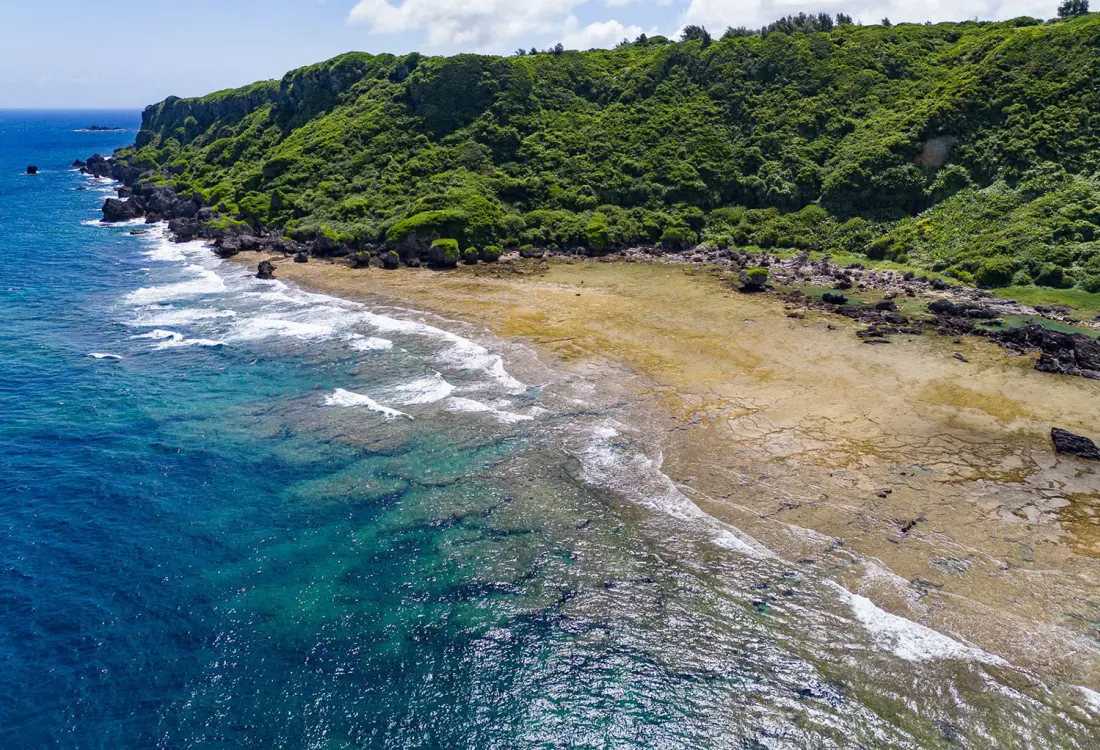
Okinoerabu
Beauty Beneath the Surface
You'd be forgiven to believe that of Kagoshima's beautiful Amami Islands, Okinoerabu is one of the lesser ones. After all, UNESCO literally passed over it when they selected Amami Oshima, Tokunoshima, the Northern part of Okinawa, and Iriomote as a World Natural Heritage Site. Like its smaller siblings Yoron Island to the southwest and Kikai Island to the northeast, the island mainly consists of coral and doesn't support the vast subtropical ecosystems of the other volcanic-formed islands. While these three sibling islands may seem physically less attractive than other islands in this region, each demands a closer and more intimate look. Yoron is best enjoyed slowly cycling around the island mimicking its gentle pace of life. Kikai is a kind of heaven for those who love making or listening to island folk music, the strength of Kokuto shochu liquor, or both. And lacking the rugged appearance of its more famous Amami siblings, the true beauty of Okinoerabu can be found beneath its surface, both literally and figuratively.
To discover a part of Okinoerabu's hidden beauty, our guide Hide-san had us dress in full wetsuits, a jumper, and a helmet on this 36-degree celsius summer day. Don't worry, he assured us, where we'd be going we would be happy for the extra layers to keep us warm.

As it turns out, beneath the unassuming surface of the island is a network of 200 to 300 limestone caves. The caves are deep, long, and not completely explored, so nobody can be sure how long or far they go on. (As an example, a cave on neighboring Tokunoshima stretches out beneath the floor of the ocean, so far that no divers have been able to ascertain exactly where it comes out.) Visitors who are casually interested in exploring the caves can do so at Shoryudo Cavern where 600 meters of limestone wonders are open to the public.
For those who want a more intimate experience with the caves, however, Hide-san is your man. He is one of the few guides on Okinoerabu who can lead tours into parts of the caves on private land, and the only guide who can do so in English. After suiting up, Hide-san drove us to a secret location where we trekked into an area of dense overgrowth, arriving at the mouth of the cave. Once inside, the temperature cooled quickly and the 20-degree water would have been much too cold to walk in without the wetsuits. Suddenly, we were up-close and personal with thousands of limestone formations that were hundreds, thousands, and hundreds of thousands of years-old. A delicate stalagmite feature called a straw grows at a rate of 2 centimeters every 100 years. “So please watch your head.” Hide-san reminded us, in the understatement of the year.

Yet we were far from the first humans to explore these caves as we hunched over, duck-walked, and sometimes crawled through some tight spaces, discovering huge new chambers. New to us anyway. Hide-san pointed out perfectly preserved fragments of pottery in places in some of the chambers. The humidity, constant temperature, and lack of light keeps these pottery fragments looking almost new, but in reality, they are from the Heian Period of Japanese history, over 1,000 years old. It seems this particular chamber may have been used for some kind of ancient ceremony.

Obviously, there are no permanent lights installed in this part of the caverns. Hide-san brings his own lights, which by his experience, he sets up to create dramatic backdrops which he will gladly take photos of your group in. While taking your own photos is not prohibited, it is likely better to be left to the professional who knows the layouts of these caves well. At one point, we sat in silence with our backs to Hide-san while he carefully set up 25 lights to create a magical background of glowing limestone pools. On the advanced course which takes a group to even more elaborate caverns, he and a second guide illuminate using 60 different lights.
As caverns are fragile spaces ecologically, private tours of this type are extremely limited. There are currently only two tour groups leading private caving tours to this cavern and tours are coordinated so that groups would not meet each other inside the cave. The group size is also limited to 5 people, plus guides. But if you love caves and have never been on a tour of this type, it is certainly a unique way to explore a mostly alien world, just below the surface of Okinoerabu.
Also below the surface of the sea surrounding Okinoerabu are an abundance of coral reefs. We’ve already established that the island is a coral island, so it makes perfect sense that the ocean waters are alive and thriving around the Okinoerabu. While the opportunity to spot sea turtles is certainly the main draw of snorkeling or diving among the reefs, there are an abundance of other sea creatures that are commonly seen: curious sea snakes, shy octopi, graceful stingrays, and visually intimidating but harmless reef sharks among them.

Our guide Tomo-san met us at nameless beachfront location on the island’s northern shore. Although there are dozens of great locations to snorkel around this relatively small island, Tomo-san picked this location for one specific reason alone: he could virtually guarantee a sea turtle spotting here. The day before, our island host and driver Morioka-san confirmed that he had swam here and spotted five different turtles.
The reef extends about 100 meters above sea level (at least at the time we were here) before dropping off to about 5 to 10 meters deep. Even near the shore, shallow pools in the reef contain tiny, colorful fish and creatures such as anemone and starfish for the sharp-eyed explorer. Once below the surface, the clear water allows stunning views of the coral and its inhabitants. Different types of fish too numerous to count swam under and around us along with undersea plant life and invertebrates.

But we were dead set on finding a sea turtle, and just 10 minutes in the water, Tomo-san signaled to us that he had seen one. We gathered around him and sure enough in a narrow coral canyon about 5 meters below us, a turtle was grazing on plants along the canyon wall. Tomo-san had explained that sea turtles have to come up for air about every 15 minutes, so if we waited around for a while, eventually he would rise up to our level and we could get a better view of him. We were not to pursue him or crowd him when he rose for air, but if he happened to come up near us, we should feel fortunate for the opportunity for a close-up view. About 10 minutes later, he did come up for air about 5 meters from us, taking 3 big gulps of air to fill his lungs before diving once more to continue feeding.
We ended up seeing two turtles in our hour in the water, although I exited a bit earlier after taking in my share of sea water. Although this section of the Okinoerabu coast is great for turtle viewing, it is not as well protected against the waves as some other areas around the island and can make some people seasick or made to drink a bit of salt water.

Todd Fong
Photographer, mentor, story teller. Tokyo-based, Oaktown (Oakland, California) born. My writing and photography work includes Voyapon.com, "Sheila Kimono Style" (photo book), 365 Japan, and Metropolis. My curiosity about Japan, its culture and its history is matched only by the number of places in Japan I have yet to explore.
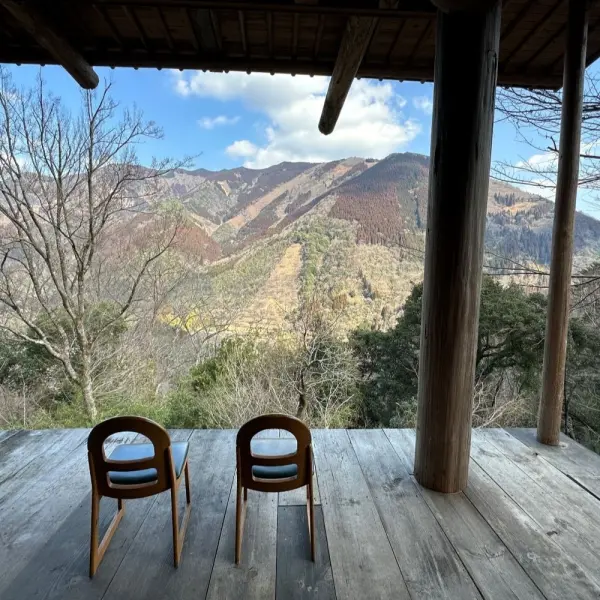 Traditional Life in Shiiba Village, Kyushu’s Secret Hideaway
Traditional Life in Shiiba Village, Kyushu’s Secret Hideaway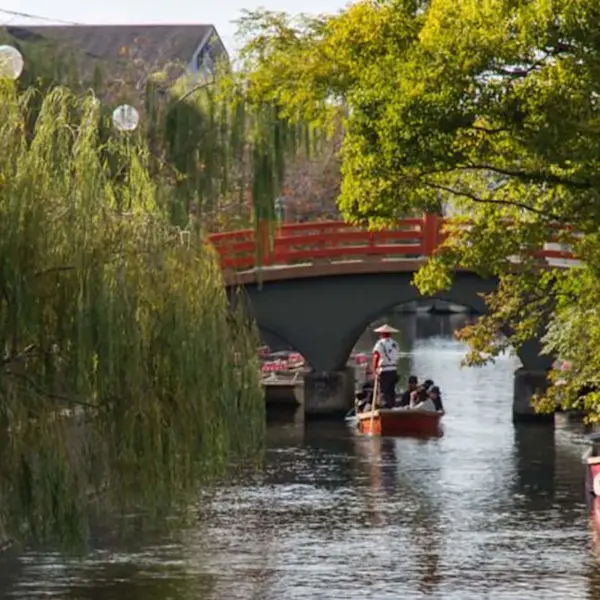 Follow the Canals: The Humble Beauty of Yanagawa
Follow the Canals: The Humble Beauty of Yanagawa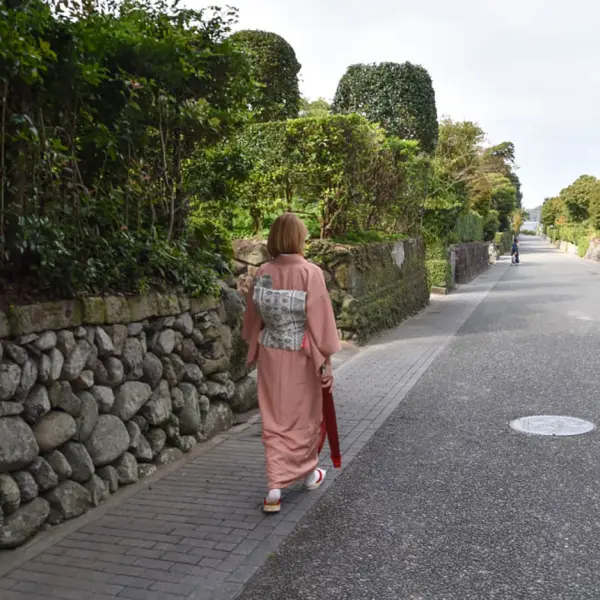 Visit one of Japan's largest samurai residences in Izumi
Visit one of Japan's largest samurai residences in Izumi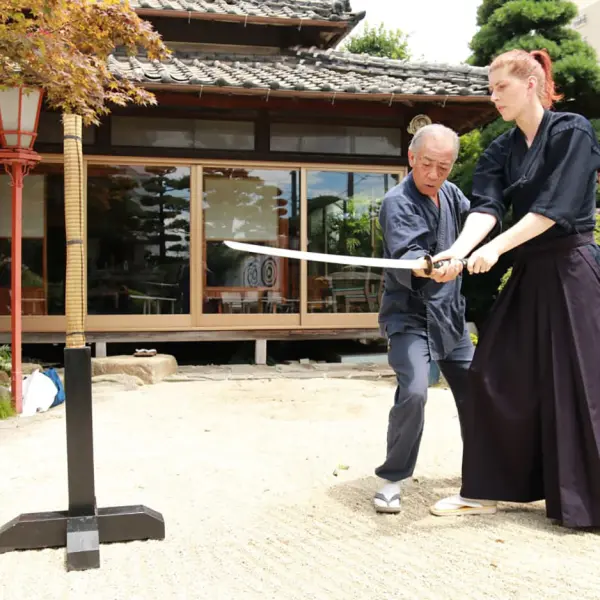 Katana Training & Omuta Exploration
Katana Training & Omuta Exploration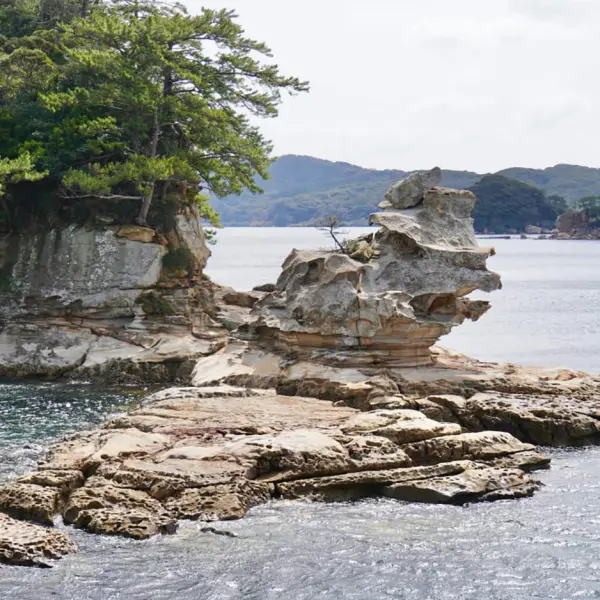 99 Islands and a Mouthful of History in Sasebo
99 Islands and a Mouthful of History in Sasebo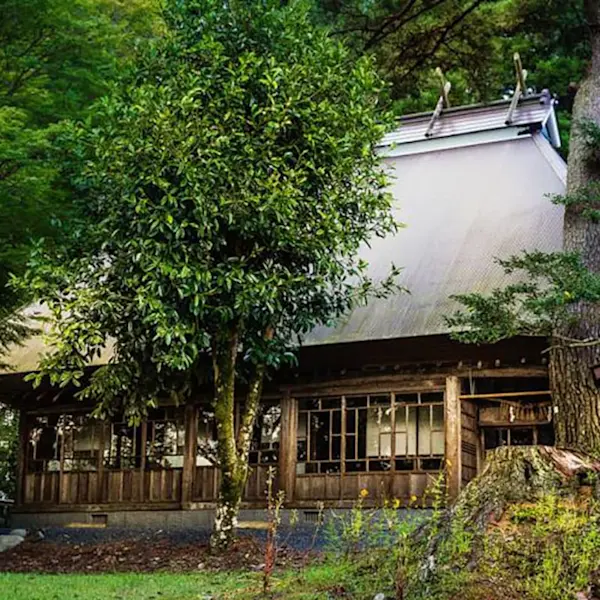 Takachiho: Explorations of a mystical land
Takachiho: Explorations of a mystical land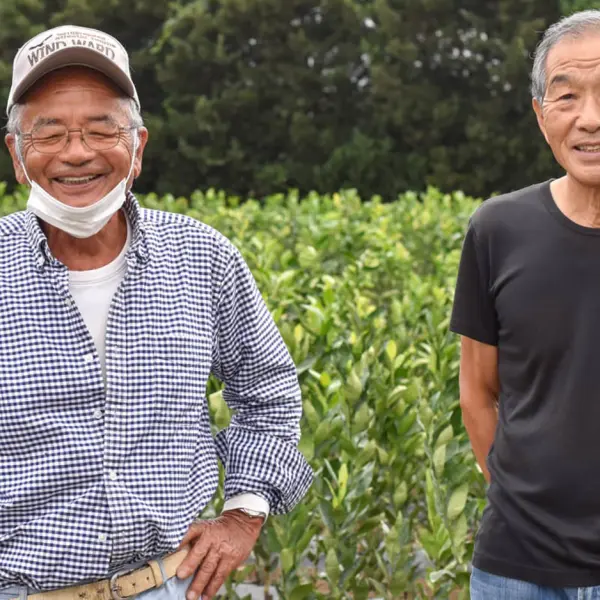 Meet the Locals at a Japan Farm Stay at Kagoshima
Meet the Locals at a Japan Farm Stay at Kagoshima Amami Oshima: Gorgeous island steeped in history
Amami Oshima: Gorgeous island steeped in history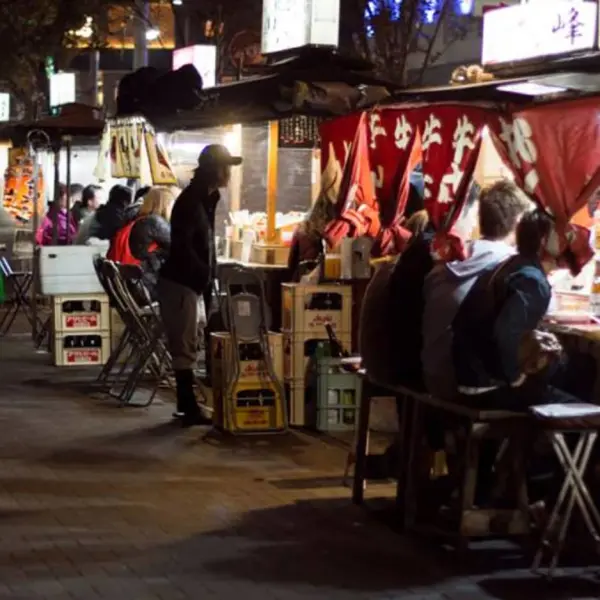 Yatai in Fukuoka: Sitting at the Counter with History
Yatai in Fukuoka: Sitting at the Counter with History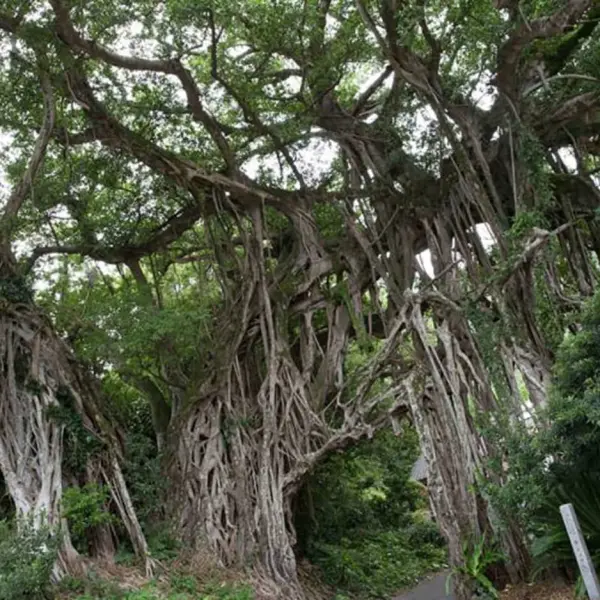 Yakushima: Feeling the Island
Yakushima: Feeling the Island




